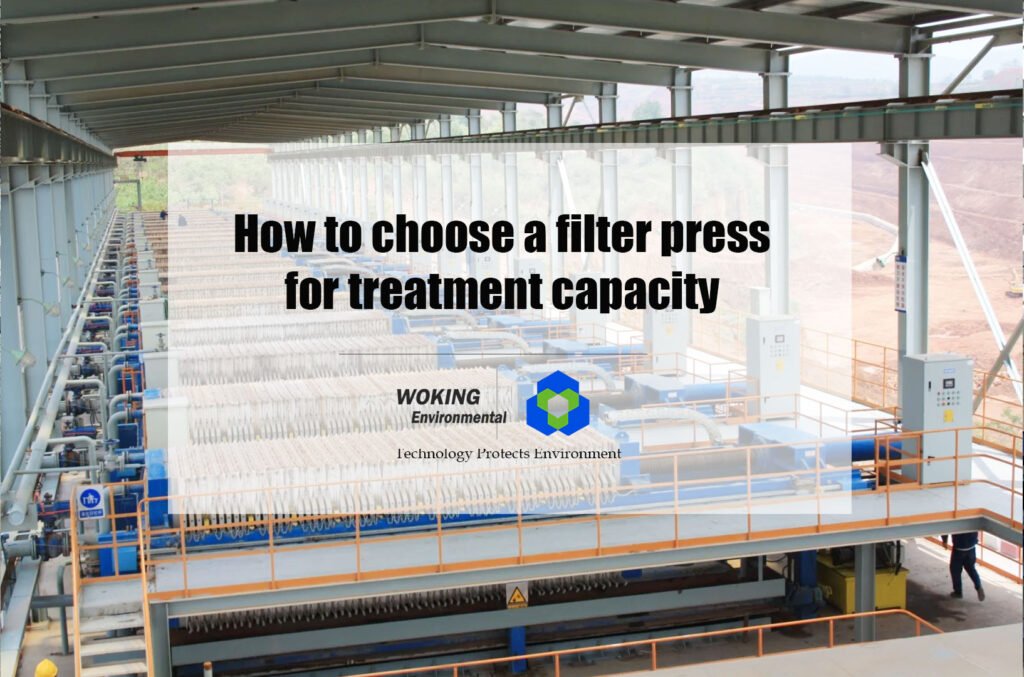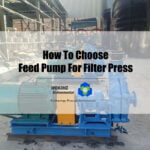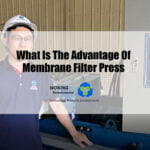For example, a wastewater treatment plant is designed to treat a total of 1,000 tons of wastewater, with a solids content of 1% (an important parameter), and is scheduled to work 8 hours a day, and the nature of the wastewater is municipal wastewater. How to choose a filter press?
- Calculate how much absolute dry sludge (sludge without water) there is in a day, the formula: total amount of sewage x 1% solids content = absolute dry sludge (1000 tons x 1% = 10 tons).
- The water content of municipal sludge treated by filter press is about 75%, and then calculate the amount of sludge with water content of 75%. The amount of absolute dry sludge × 1.75 = sludge with 75% water content (10 tons × 1.75 = 17.5 tons), resulting in 17.5 tons of sludge with 75% water content per day.
- Assume that it works eight hours a day. The total amount of sludge with 75% water content ÷ 8 hours = the amount of sludge with 75% water content to be treated per hour (17.5 tons ÷ 8 = 2.1875 tons), which requires about 2.2 tons of sludge to be treated per hour. The cycle of a filter press to treat municipal wastewater is usually once every 4 horas, and a single treatment volume of a machine is 4 × 2.2 tons = 8.8 tons.
- Then divide by the planned use of several filter presses, here we choose only one filter press, which is 8.8 tons ÷ 1 to get the need for a single filter press capable of processing 8.8 tons of sludge. The volume of one square of filter press is 15L, so 8.8 tons ÷ 15L, which gives us a filter press with an area of about 586 square meters. Multiply by 1.2 times. Thus, a 700-square-foot filter press basically meets the production needs.








